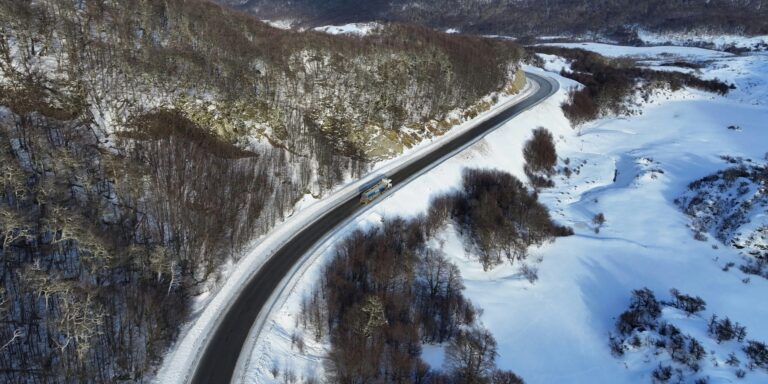On October 6, 2025, President Donald Trump approved the highly anticipated Ambler Road project in Alaska, marking a major milestone in the state’s infrastructure development. This ambitious project aims to create a road connecting the Ambler Mining District, rich in mineral resources, to the existing road system in Alaska, facilitating access to one of the state’s most valuable natural resources. The decision to greenlight the project is expected to have a profound impact on the region’s economy, spurring job creation, stimulating growth, and unlocking Alaska’s mineral potential for future generations.
The Ambler Road project has been a topic of debate for years, with proponents highlighting its potential to boost the local economy, while critics have raised concerns about its environmental and social impact. Supporters of the project argue that improved access to the Ambler Mining District will enhance the region’s competitiveness, particularly for mining companies looking to extract the vast mineral deposits, including copper, gold, and other critical metals. These minerals are not only vital to Alaska’s economic growth but are also increasingly in demand on a global scale, especially as the world transitions to green technologies that require these resources.
The road is expected to make transportation of mining materials and equipment significantly easier, reducing costs and logistical challenges for companies operating in the area. Additionally, it is anticipated that the construction and operation of the road will create thousands of jobs for Alaskans, further benefiting the state’s economy. The project could also have ripple effects on local businesses, from construction firms to service providers, who will benefit from the increased economic activity.
Despite these potential benefits, the approval of the Ambler Road project has not been without controversy. Environmental advocates and some local communities have raised concerns about the potential risks to wildlife and the surrounding ecosystem. Alaska’s pristine wilderness, home to diverse wildlife, has long been a source of pride for many residents, and there are fears that the development could disrupt the delicate balance of the area’s natural environment. Additionally, the project runs through areas that are crucial for indigenous communities, leading to concerns about the cultural and social impact on these populations.
The Trump administration’s decision to approve the project has reignited these debates, with opponents questioning the long-term environmental costs in exchange for short-term economic gains. The administration, however, has emphasized that the project will be subject to stringent environmental reviews and regulations, and it will provide significant economic benefits to Alaska, particularly in terms of job creation and infrastructure development.
The Ambler Road project represents a critical moment in Alaska’s future economic trajectory. As the road moves closer to construction, the state will face the challenge of balancing economic growth with environmental preservation and the well-being of its communities. While the approval of the project has been hailed as a victory for economic development, it also serves as a reminder of the complexities involved in large-scale infrastructure projects, where the interests of industry, environment, and local populations must all be carefully considered.



